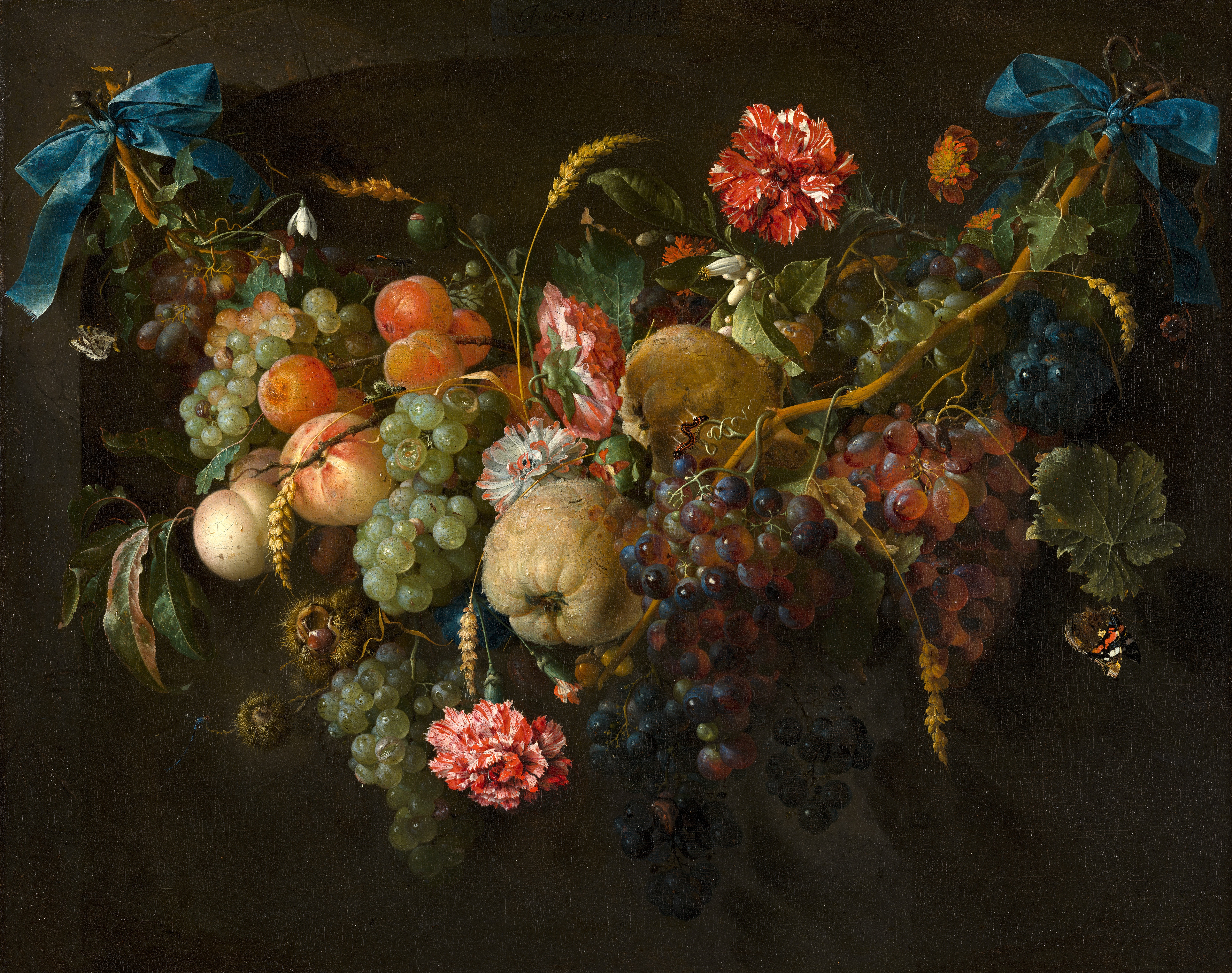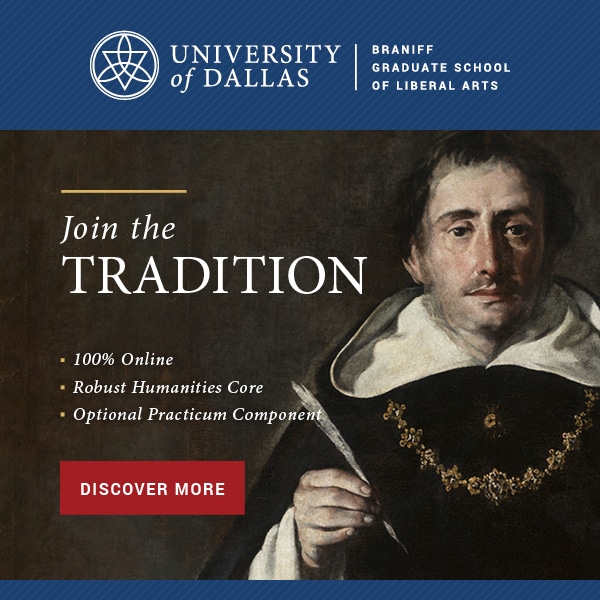A Definition of Fine Art, and What to Do With It (Part 1)

The following is the first of two posts relating to the importance and incorporation of fine art into the life of the lifelong Christian student.
It is Christmas break in an average American home. Suzie is watching Cocomelon, Scott is playing Fortnite, and Mom and Dad are scrolling on Facebook. The television is on but ignored. Pizza’s for dinner.
Our culture loves what is common and easily digestible and devotes a striking lack of time to what is lasting and good. Unfortunately, many classical Christian students, parents, and even teachers suffer from these same disordered loves. And so, though the classical Christian community at large recognizes the need for wonder-producing fine art experiences for our students, efforts to bring this wonder to, for example, a required 9th grade choir class of mostly boys proves largely frustrating.
What our students, but first we, need is a fundamental understanding of what fine art is and, based on this, an understanding of the distinct role it is meant to play in the human life.
To begin, I offer a short definition: Fine art is the masterful aesthetic imitation of God’s creation, made primarily for the joy of its aesthetic value and beauty rather than a solely practical purpose.
In his Poetics, Aristotle argues that most fine art has its ultimate inspiration in humanity—at its best and worst and especially in all its wonder. This is one reason why something like the Mona Lisa, which is essentially a portrait of a woman, is so enchanting. It captures not just a human but something of humanity—in its stunning realism and in its intangible mystery.
Aristotle also alludes to the fact that fine art often imitates the natural world: animals, streams, sunshine. This is obvious in a landscape painting or an ode to spring, but we see it, too, in Van Gogh’s breathtaking depiction of the magic of light in his renowned Starry Night. We hear it in something like Beethoven’s Piano Sonata No. 14—only renamed the Moonlight Sonata because it reminded listeners of moonlight dancing on a lake. The beauty of the music is a reflection of the beauty of the natural world.
As Christians, we can agree with Aristotle’s assessment of fine art, and can also state his case more accurately: Fine art, in its essence, is a reflection of the beauty and glory of God’s creation. The ultimate reason fine art is fine is because it imitates the work of the Master Fine Artist. Understanding this reality creates a framework for the Christian to have a justifiably high view of fine art, for it is an aesthetic imitation of creation, providing a platform to explore, seek, and rejoice in the Creator.
Of course, there are plenty of non-fine paintings, poems, songs, and so on that also seek to reflect God’s creation, but the vast majority of them do not qualify as fine art because fine art is masterful. This does not mean that it alone requires talent to create. Or that it alone is enjoyable, beneficial, beautiful, or “good”. That fine art is masterful means that it has a degree of complexity, depth, and sophistication able to create a distinct sense of wonder, excitement, and mental stimulation in the audience and performer alike. Fine art refers to songs in which the listener can discover something new on the two-hundredth listen. It refers to paintings and sculptures that a viewer can leave after gazing for hours, knowing there is more to discover. It refers to poems and plays that seem to bear endless dissection. It refers to films that not only tantalize and excite but profoundly change the viewer without the viewer quite understanding how it happened. This kind of art can only be created by masters of their craft. It can only be performed and emulated by those with supreme skill. It can only be understood by those with understanding, patience, and time willingly given.
This mastery is the difference between an elegant song such as The Beatles’ “Yesterday” and a Bach fugue. One might claim that either is “perfect” in a sense, but by listening back and forth between the two, it becomes manifestly evident that Bach had a mastery that The Beatles simply did not. It is the difference between Jack Prelutsky’s enjoyable “Hard-Boiled Bugs for Breakfast”, which reads, in part:
Hard-boiled bugs for breakfast,
Hard-boiled bugs for lunch,
Hard-boiled bugs at suppertime,
Crunchy! Crunchy! Crunch!
and something like John Donne’s “Death Be Not Proud”!:
And dost with poison, war, and sickness dwell,
And poppy or charms can make us sleep as well
And better than thy stroke; why swell’st thou then?
One short sleep past, we wake eternally
And death shall be no more; Death, thou shalt die.
While this is an extreme comparison, it clearly displays that not all art is created equal. And though Jack Prelutsky has something to offer, fine poetry will cause much more struggle, contemplation, and wonder—because it is masterful.
Finally, fine art is made primarily for the joy of its aesthetic value and beauty rather than a solely practical purpose. Fine art is intended for joy, awe, and wonder. It is not a mnemonic device. “Wash your hands and say your prayers because Jesus and germs are everywhere” is not meant to lead young souls to rejoice in the beauty of their Creator. Fine art does not try to sell something. A neon sign telling customers a restaurant is “OPEN” is not intended to elicit rejoicing, excepting the fact that they will soon be eating chow mein. Fine art is intended to elicit joy in the art itself. Not, for the record, that all fine art depicts something joyful and beautiful. Fine art can depict suffering, mourning, war, and death, but, even in these cases, there is a mysterious and special kind of joy we are meant to get from it.
Fine art imitates God’s creation. It is masterful. It causes a unique joy in the artist and the audience alike. All of these make fine art distinct. And this distinction makes fine art essential. Fine art offers us a type of nourishment that popular art or entertainment is not intended to and indeed cannot. It uniquely leads us to thoughtfully consider and intimately experience the True, the Good, and the Beautiful, in all of their mystery. It is a form of serious and inspiring thought that other types of art and entertainment simply cannot be. It brings us into the fullness of our humanity, allowing us to engage with, contemplate deeply, and drink joyfully from the inherent creativity of God. It is distinct both in its nature and effect, crucial for both a robust classical education and a healthy life of continued learning and contemplation of the glories of God.
Zach Garrison
After studying film at the University of Southern California, Zach Garrison opted for a career in education, now serving as a humanities and filmmaking teacher at Faith Christian Academy in Kansas City, MO. He is married with three children and has a small dog named Zeus.








